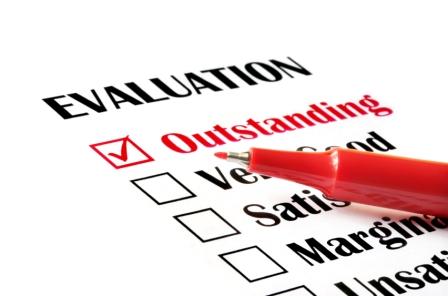Safety and Health Monitoring
In order to implement the Safety Statement, the board should set key objectives and targets for the senior management team for safety and health management, and ensure their structures drive good performance. Key performance ‘leading and lagging indicators’ must be specific to the business needs and link in with the board’s overall safety and health strategy. Leading or proactive indicators include:
- Carrying out work specific Risk Assessments, their extent and thoroughness

- The level of implementation of the Safety Statement
- Monitoring the appropriateness, replacement and maintenance of plant and equipment used for safety critical processes
- Development, implementation and performance of the overall safety and health management system, e.g. extent of thoroughness of monitoring and auditing safety and health performance
- Measuring the safety and health culture of the undertaking
Lagging or reactive indicators include investigating accidents, chemical spills, lifting equipment failure, safety-implication incidents and safety-related reports and representations.
Monitoring and improvement
The legal requirement for carrying out Risk Assessments has an improvement programme built into it. The Safety Statement, which must include the workplace specific Risk Assessments, is where the safety and health organisation plan should be spelt out.
The successful implementation of the businesses’ Safety Statement will help to ensure the safety and health of its employees and others who may be affected by its work activities.
To properly implement the Safety Statement your undertaking must put in place a monitoring system which suits its needs and gets the job done in an efficient manner.
This system must ensure that everyone in the workplace knows what is expected of them. It should set the ground rules which all must follow to comply with their legal responsibilities.
Most successful undertakings now want to do much more than the minimum and strive to have safety and health rules which ensure they have no accidents and continue to improve. This approach ensures they are, and will continue to be, a business success.
Assessing your safety and health performance
The board should ensure that safety and health risks generated by its undertaking are managed and controlled adequately and that a framework is established to ensure compliance with its core safety and health standards.
It is important that the board’s governance structures enable management systems, actions and levels of performance to be challenged. Assessing how internal control procedures work is a key part of senior managers’ responsibilities.
In order to ensure that the undertaking’s safety and health responsibilities are properly discharged, Directors must ensure that they review their safety and health performance on a regular basis. The board and senior management team should have an agreed plan on how this is done.
The board must be assured that its management team is doing, at a minimum, what the law requires and, in addition, that its safety and health management system continues to operate to the best standards. Reviewing safety and health performance ensures the safety and health risk management system remains up to date and effective.
A checklist for Directors and managers
The following list of questions which the Board and its senior management team should ask themselves will help undertakings make a judgement on the level of safety and health monitoring and auditing being carried out:
- Do we reward excellence in safety and health?
- When did we last review our Safety Statement and our safety and health policy?
- Are we committed to continuously improving our safety and health performance?
- Do we monitor the performance, maintenance and integrity of safety critical plant, equipment and processes?
- Do we know how well we perform on safety and health issues?
- Are we as Directors kept informed by our senior management team of our safety and health performance?
- Do we comment on safety and health performance in our annual report, where relevant?
- How do we know if we are meeting our own objectives and standards for safety and health? Are our risk controls good enough?
- Do we have an active monitoring system in place for safety and health critical issues?
- How do we know we are complying with the safety and health legislation that applies to our business?
- Do our accidents or incident investigations get to all the underlying causes - or do they stop when we find the first person that has made a mistake?
- Do we have accurate records of injuries, ill health, bullying complaints, accidental loss, etc.?
- Do we as Directors get reports on our safety and health failures?
- How do we learn from our mistakes and our successes?
- Do we carry out safety and health audits regularly, as necessary? If we do, what action do we take on audit findings?
- Do these audits involve staff at all levels? Do we involve our safety representative and safety committee, where they exists, in the audits?